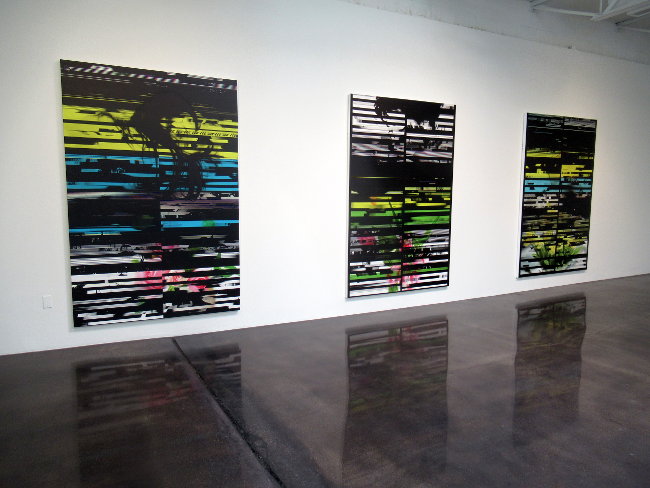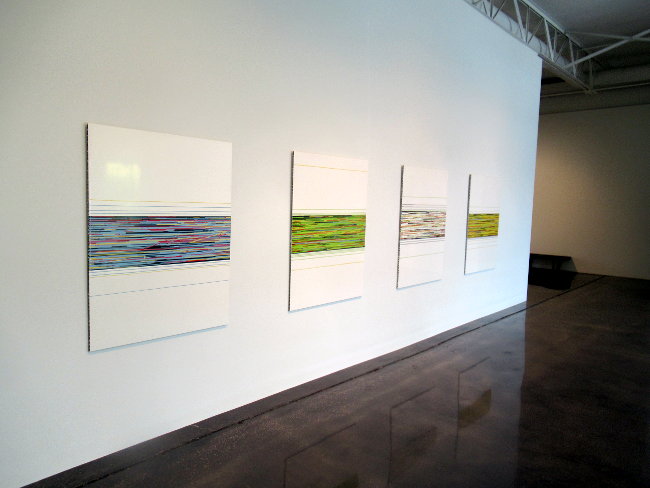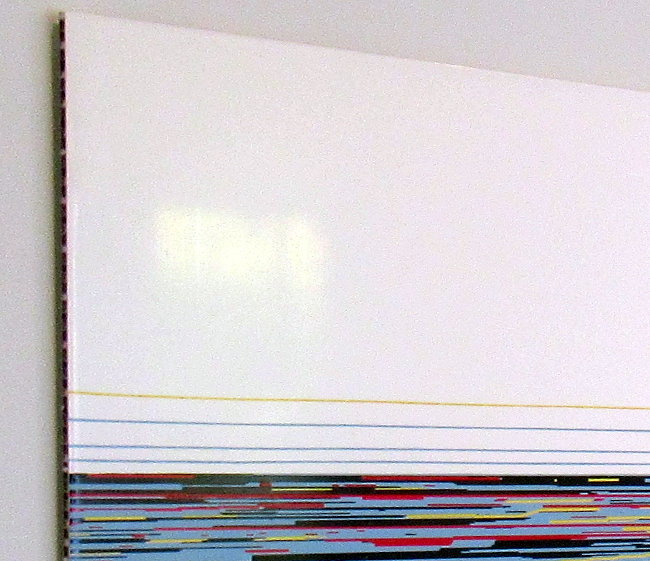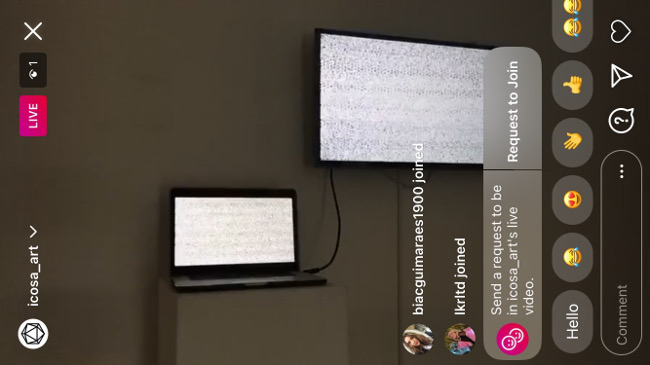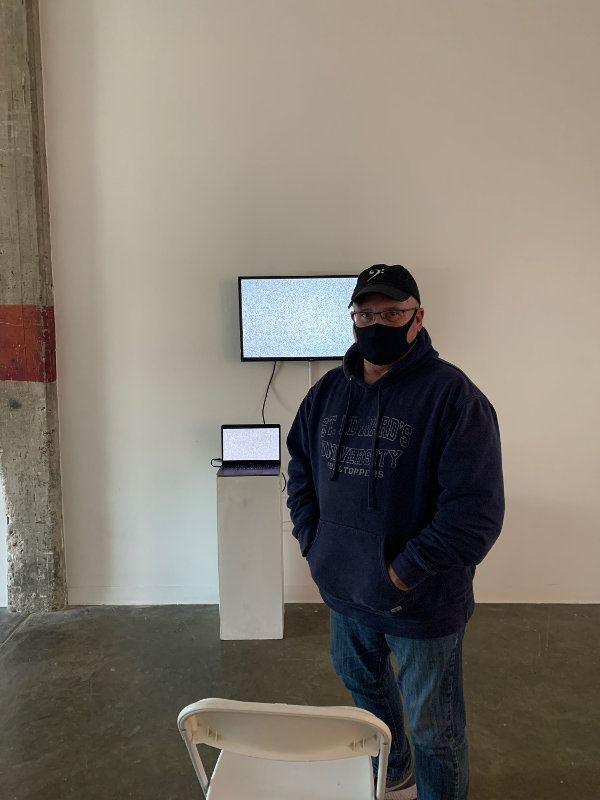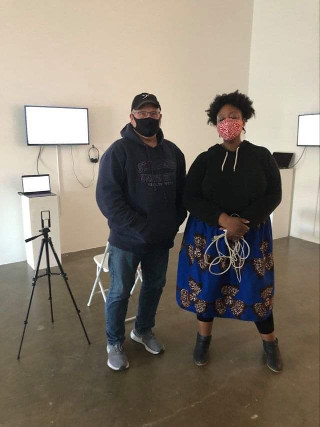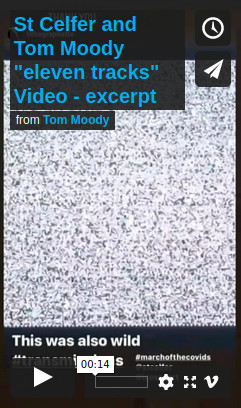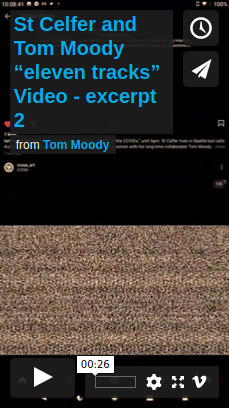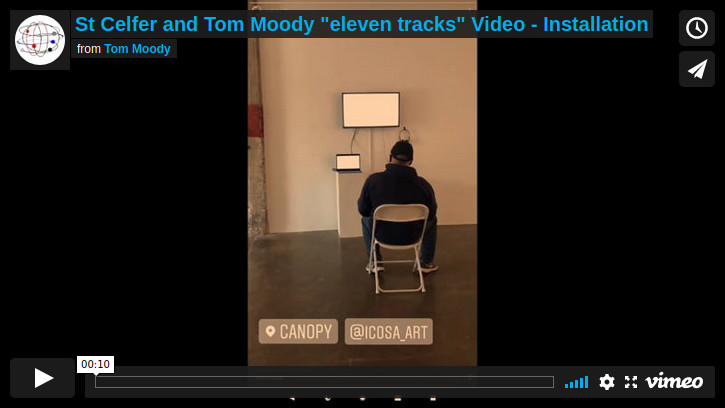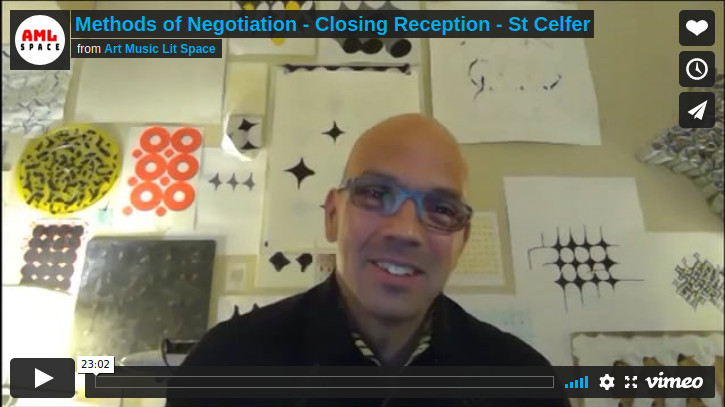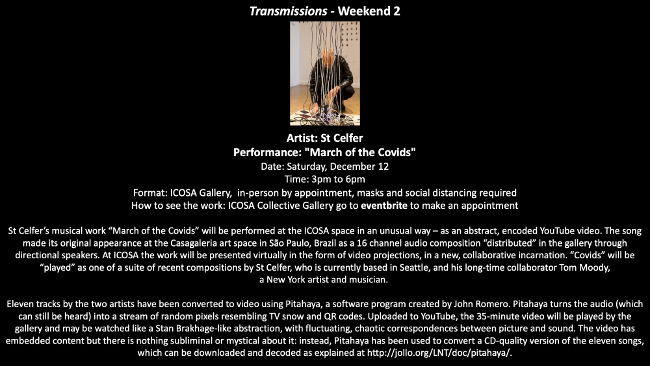Have been gradually moving my older tunes over to Bandcamp.
Not all of them -- after a hard listen I took quite a few tracks from the 2004-2103 time frame down permanently. My site has a 4GB storage limit and I'm now well under that.
I had housecleaner's remorse about a few of those tracks so I am making them into music videos. Here is one of them:
Post-Prefab from Tom Moody on Vimeo.
Music: "Post-Prefab" by Tom Moody, Oct. 26, 2013
Screen-captured art from:
https://www.tommoody.us/archives/2013/10/
Artwork by:
Tom Moody, Samantha, pretzel, FAUXreal, glasspopcorn, ice, plams, Rene Abythe, footbath, Ryz, anndunham, swoop, AGT528, grass, dump.fm


